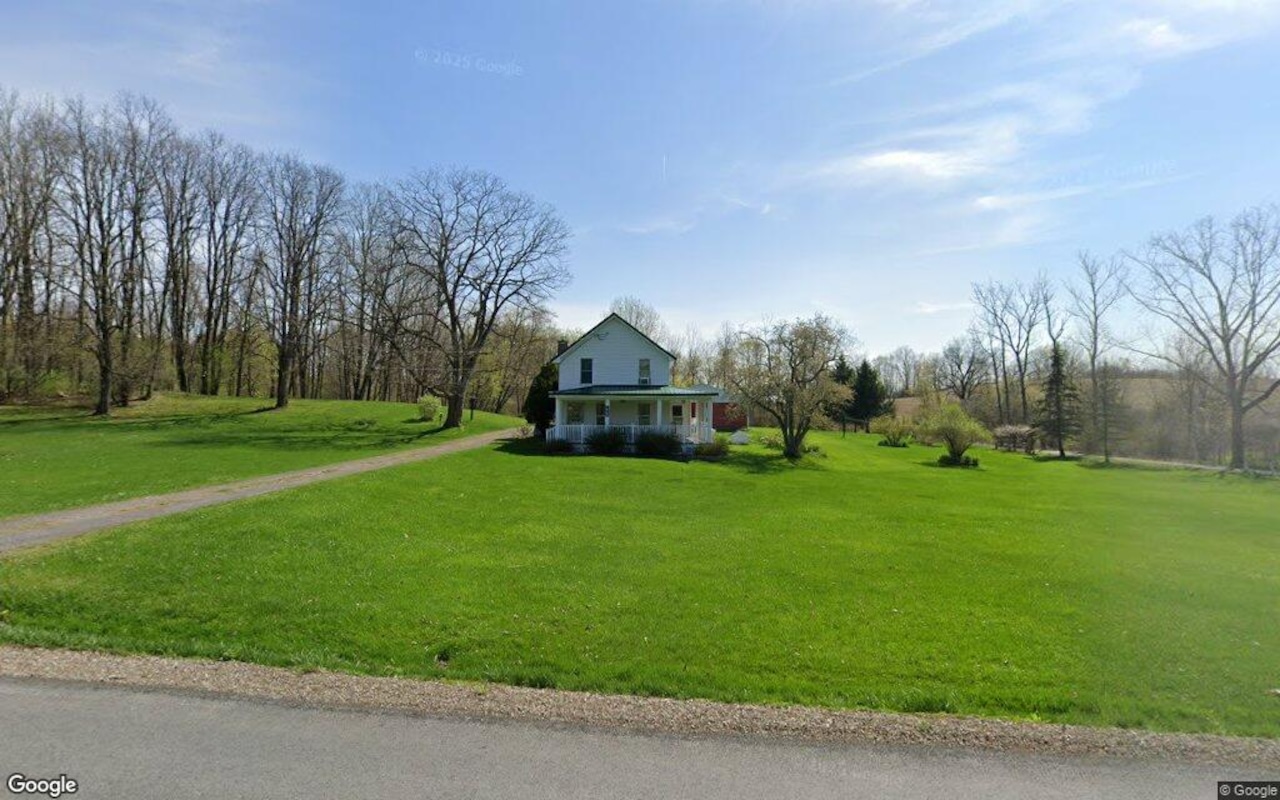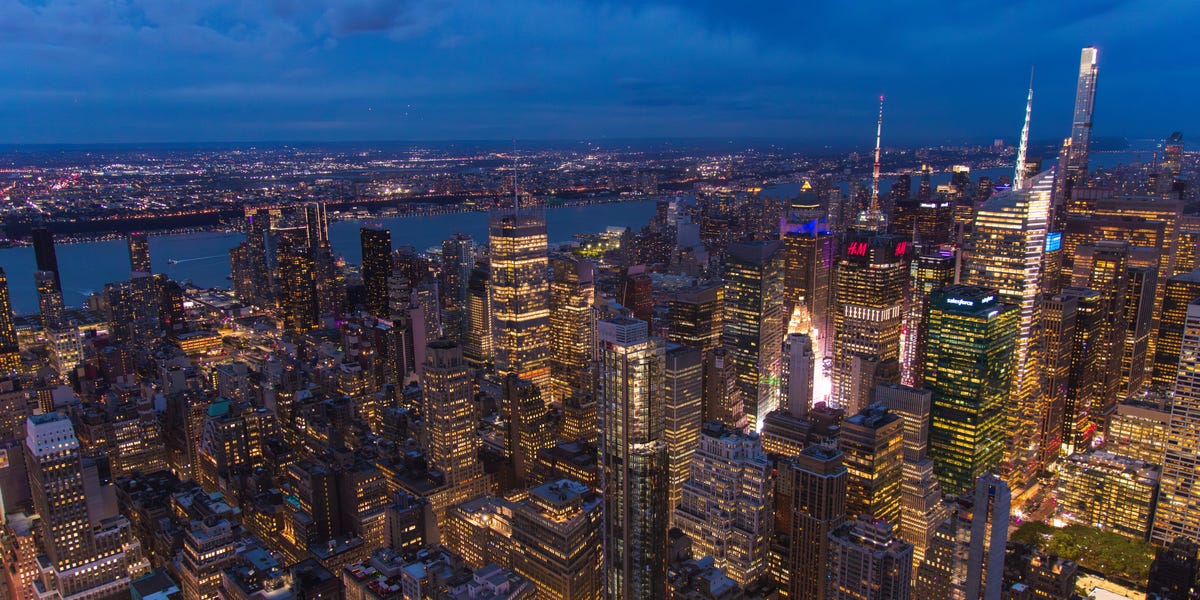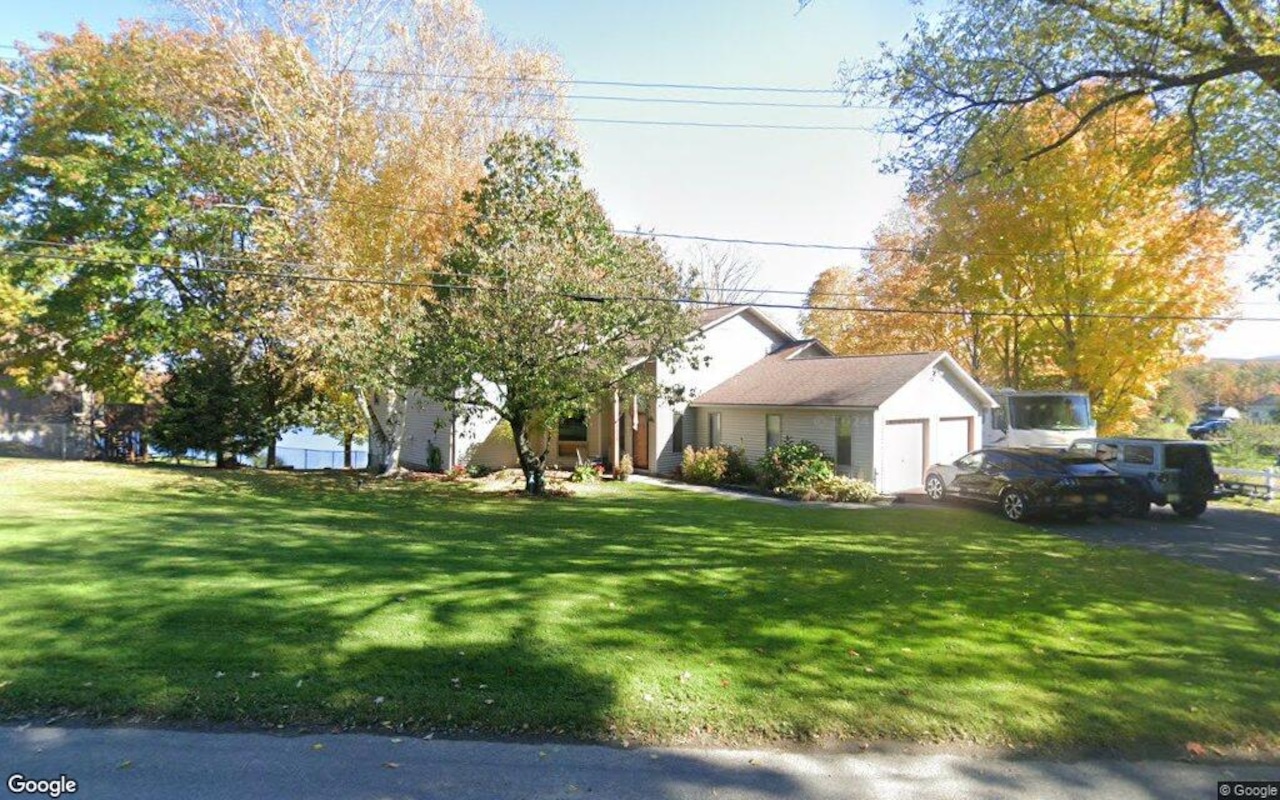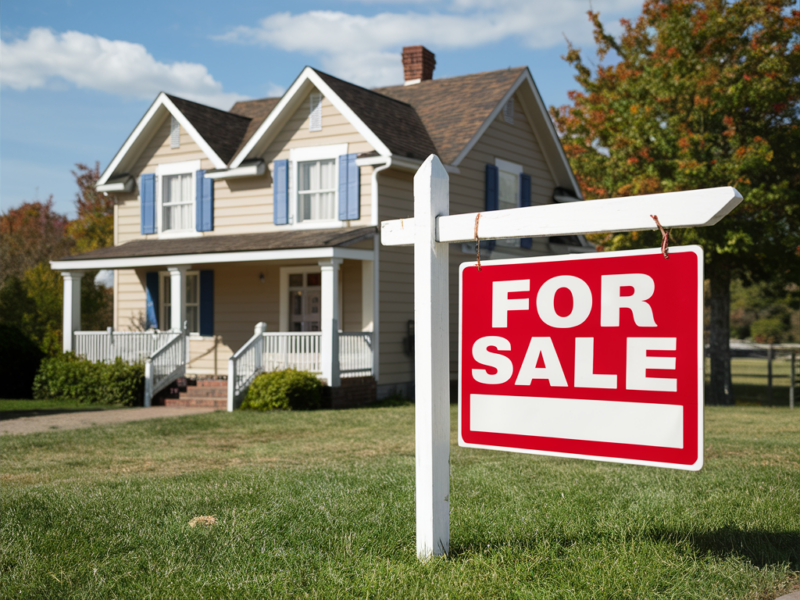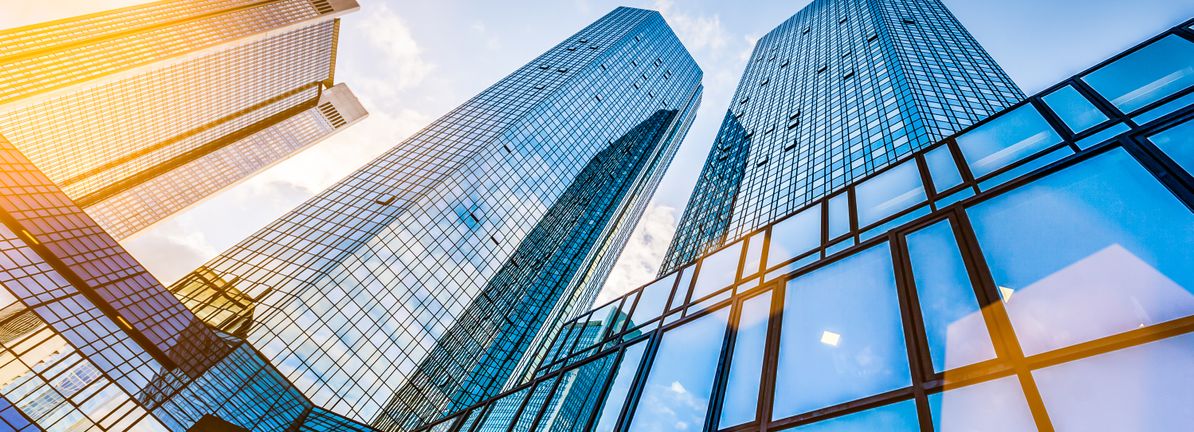O
n July 4 2025 the One Big Beautiful Bill Act (OBBBA) was signed, permanently reshaping tax incentives for real‑estate, community development and capital investment. The law expands affordable‑housing credits, restores 100 % bonus depreciation, adds a new industrial deduction, and accelerates the phase‑out of several energy‑related credits.
**Housing and Investment Boosts**
* **Low‑Income Housing Tax Credit (LIHTC)** – From 2026 the state’s 9 % allocation rises 12 % and the “bond test” drops to 25 %. The change could finance roughly 1.22 million new affordable homes over the next decade.
* **New Markets Tax Credit (NMTC)** – The program becomes permanent in 2026, ending temporary extensions and giving developers certainty for community‑revitalization projects.
* **Opportunity Zones (OZs)** – A second round runs 2027‑2033 with updated reporting and stricter penalties. Qualified Rural Opportunity Funds (QROFs) offer a 30 % basis step‑up (vs. 10 % for standard OZs) for five‑year holdings, targeting long‑term rural capital.
**Cost Recovery and Capital Spending**
* **100 % Bonus Depreciation** – Permanently restored for assets acquired after Jan 19 2025, covering new and used property, including qualified improvement property (interior upgrades to non‑residential buildings).
* **Section 179** – The maximum deduction doubles to $2.5 million, with a phase‑out threshold of $4 million starting in 2025. Eligible items include roofs, HVAC, fire protection and security systems—key for commercial repositioning.
* **Qualified Production Property (QPP) Deduction** – A temporary 100 % deduction applies to the production or manufacturing portion of non‑residential real property whose construction starts between Jan 19 2025 and Jan 1 2029 and is placed in service by 2031, incentivizing industrial and manufacturing development.
**Other Key Provisions**
* **Excess Business Losses** – The $250,000 (single) / $500,000 (joint) limit on non‑corporate losses is now permanent and indexed for inflation; excess losses become net operating loss carryovers.
* **Business Interest Expense** – Adjusted taxable income is now based on EBITDA, easing restrictions for depreciation‑heavy sectors like real estate.
**Accelerated Phase‑Out of Green Incentives**
| Credit | Expiration |
|--------|------------|
| Clean vehicle (§30D new, §25E used) | Sept 30 2025 |
| Residential energy (25C/25D) | Dec 31 2025 |
| Alternative fuel refueling (§30C) | Jun 30 2026 |
| Commercial building efficiency (§179D) | Jun 30 2026 |
| New energy‑efficient home (§45L) | Jun 30 2026 |
Projects relying on §179D or §45L must start before June 30 2026; clean‑vehicle purchases must be finalized before Sept 30 2025.
**Action Checklist (2025‑2026)**
1. Compare bonus depreciation vs. Section 179 for renovations and equipment, noting state‑level rules.
2. Evaluate QPP elections for industrial or manufacturing projects slated before 2029.
3. Engage LIHTC allocating agencies early to secure expanded credits from 2026.
4. Explore QROFs for rural investments and the 30 % step‑up benefit.
5. Accelerate green projects to capture remaining credits before their 2025‑2026 expirations.
The OBBBA presents both opportunities and deadlines; timing will determine whether projects capture significant tax benefits or miss out.
*Melissa Braun, partner, Whittlesey Hartford office, 10 + years in public accounting.*

